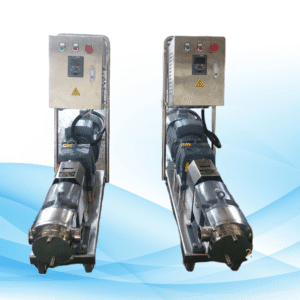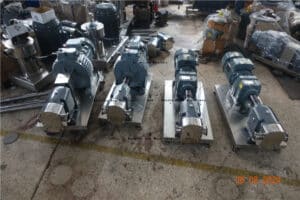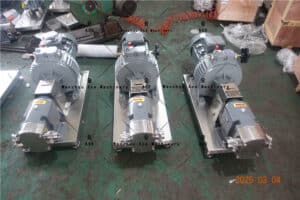When it comes to the market for pumps in the industrial, commercial, or in other applications, there are two types that are often considered – centrifugal and positive displacement pumps.
Appreciating their major characteristics and possible areas of application may help out in maximizing performance and cost efficiency. In this article, we will get into problems associated with these two particular pump types comparing their plasma design, functioning principles, advantages and drawbacks and situations when they should be applied. This encyclopaedic overview will instruct you on how to make a relevant selection of pumps with a distinct choice of centrifugal or positive displacement in any operating conditions.
What Are Centrifugal Pumps? Design and Operation
Centrifugal pumps are pump types that work through the application of the rotational movement, stagnation of the liquid around the pump impeller.
It is the impeller’s activity that brings about the centrifugal force which fights the liquid and whistle’s it is outward and then kinetic energy is converted to pressure energy. This configuration is very useful when the liquids that need to be pumped have low viscosity and is applied especially in situations where there is a continuous flow and at high rates.
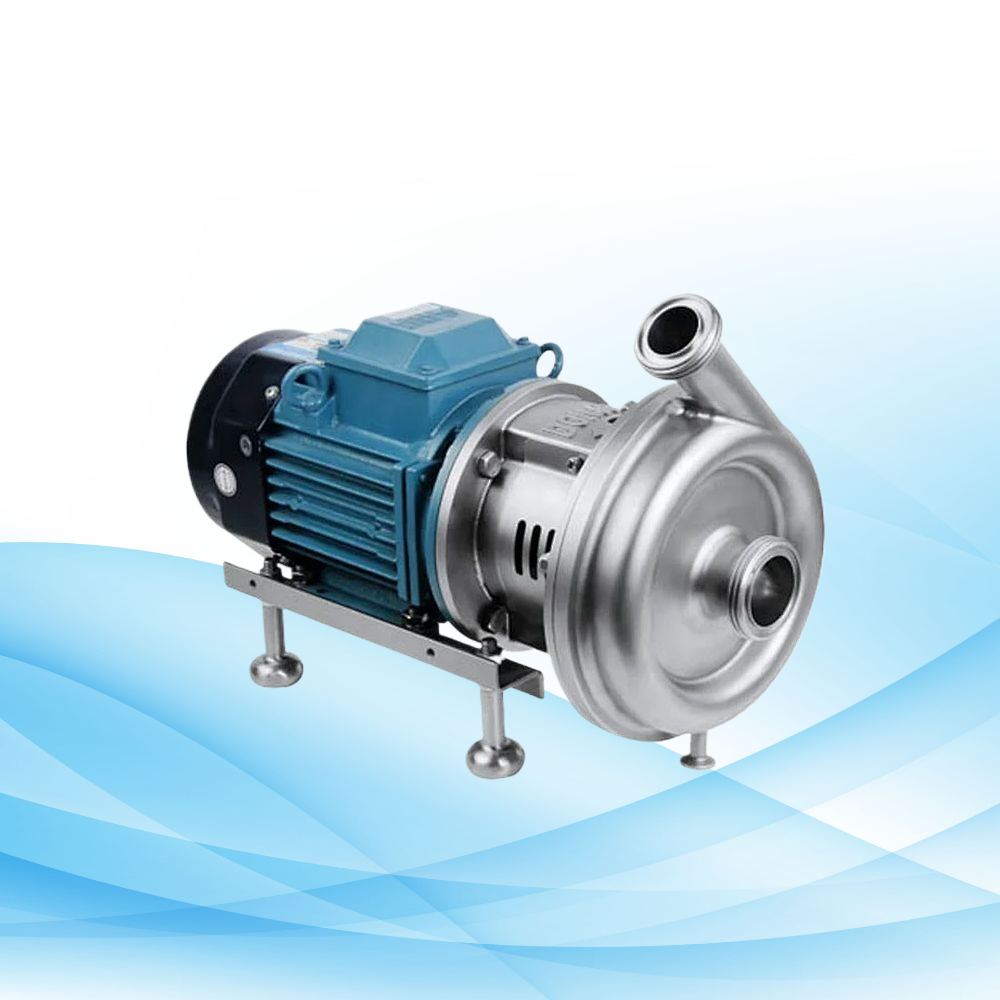
A centrifugal pump may be made of:
- Components of the Centrifugal Principle Intergrate:
- High speed rotating impeller casings
- Intermediate support structure
- Discharge port
- Discharge port which sprays the high pressure expedite
- The Discharge port that sucks in fluid.
Why are Centrifugal Pumps better than most pumps?
- Efficiency at higher flow rates: Centrifugal pumps can deliver large volumes of fluid quickly and to the users.
- They have low operating costs: Since there are fewer components that move, there is lesser wearing and tear in comparison to other category of pumps.
- Affordability: Generally these pumps cost less than positive displacement pumps
- Economical operation: There is near continuous pumping of the fluid without any intermittent flow, and hence all types of non-viscous fluids may be pumped devoid of any muscular strain.
Centrifugal pumps are used in:
- Water Distribution Systems
- Irrigation
- Ground water (either surface or well water)
- HVAC (Heating, ventilating air conditioning – ventilation etc.)
- Crude oil and natural gas plants
- Chemical plants
What Is a Positive Displacement Pump? Configuration and Operation
Although primary misunderstanding occurs in positive displacement pumps, it is quite different. These pumps move modest amounts of fluid by restraining a certain amount of fluid each cycle before moving it through the pump. Such pumps employ many types of mechanisms, for example pistons, gears, or diaphragms that help in displacing the fluid steadily.
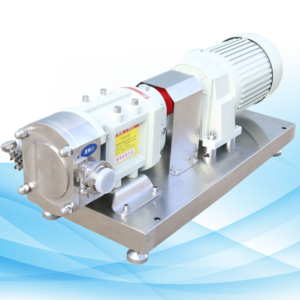
Types of Positive Displacement Pumps
- Rotary positive displacement pumps such as gear pumps and screw pumps
- Reciprocating positive displacement pumps such as piston pumps and diaphragm pumps
Benefits of Positive Displacement Pumps
- Fluids are consistently transferred without interruption.
- They are efficient for high pressure applications, even if the nature of the fluid changes.
- They are able to pump liquids without the need for priming, which saves time in situations such as suction lift applications.
Particular Areas where Positive Displacement Pumps are Used
- Gas processing hall
- Petroleum facilities
- Chemical industries
- Food and beverages
- Pharmaceuticals
- Hydraulics systems
Fundamental Aspects of the Centrifugal and the Positive Displacement Pump
Comparison of Trend Characteristics in Each Operation
Of the main differences, it is worthwhile to start with how the two pump types relate to the flow rate of pumping. Centrifugal pumps suit motion in hydraulic systems where it is run all the time, delivering liquid in great volume. On the contrary, positive displacement pumps are built for uniformity, delivering a constant amount of fluid under varying viscosity/pressure conditions.
Pressure Sensitivity
In comparison to positive displacement pumps, centrifugal pumps perform best at low pressure conditions and are less efficient as pressure increases. Positive displacement pumps, on the other hand, work well under high pressure conditions.
Fluid Type and Viscosity
Centrifugal pumps are good for low viscosity fluids like water, while positive displacement pumps can handle high viscosity fluids like oils, slurries, and even pastes.
Efficiency in Low-Flow and High-Flow Scenarios
Centrifugal pumps are more efficient in high-flow applications, while positive displacement pumps are superior in low-flow or highly controlled flow situations.
Maintenance and Durability
Centrifugal pumps are easier to maintain due to their simpler configuration with fewer moving parts. Positive displacement pumps require more maintenance due to the wear and tear of internal components like pistons or gears.
Choosing the Right Pump for Your Application
The comparison between a centrifugal and a positive displacement pump is determined largely by your application:
- Low viscosity, high flow rate applications – centrifugal pumps
- High-pressure or high viscosity fluids – positive displacement pumps
Summary of Key Considerations:
- Flow rate and pressure: Centrifugal pumps are characteristic of high flow-low pressure systems, while positive displacement pumps are characteristic of low flow-high pressure systems.
- Fluid type: Centrifugal pumps are used with thin liquids, whereas positive displacement pumps are better suited for viscous or abrasive fluids.
Conclusion
There is no perfect solution when comparing centrifugal vs positive displacement pumps. To make the right choice, it is necessary to understand how both pump types work, their advantages and disadvantages, and where they perform best. Selecting the correct type of pump ensures efficient and trouble-free operation in your specific application.








